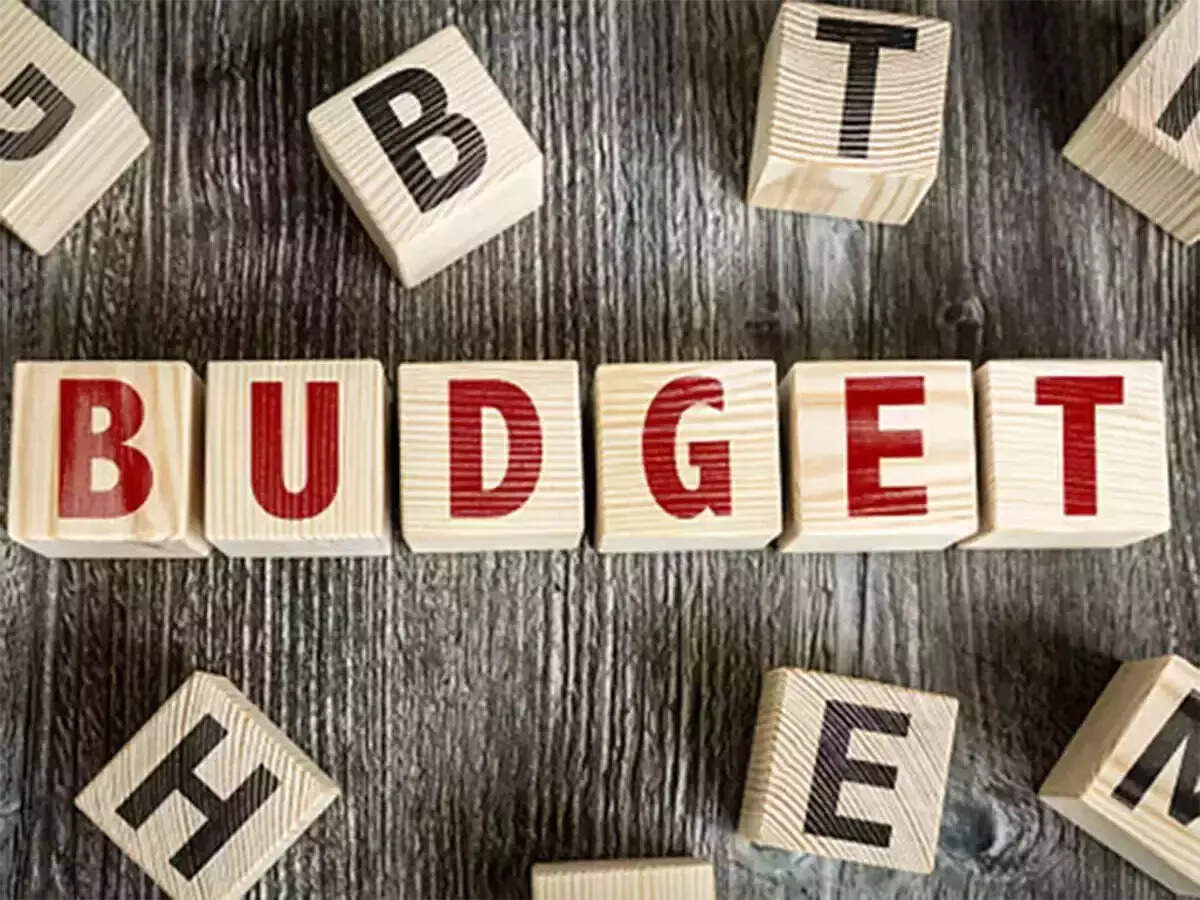
Budget Measures for EVS: Amid calls to curb use of fossil fuel and improving sentiment of adoption of electric vehicles, India’s Budget support and policies become a crucial factor for not only the stakeholders in the industry but for consumers as well who would want the best rates to shift from fuel vehicles to EVs.
EV demand in India
As per media reports, India’s electric vehicle sector achieved a historic milestone in 2023, crossing 1.5 million unit sales, marking a remarkable 46% year-on-year growth for the first time.
The demand for electric vehicles (EVs) in India has surged by over 100% since 2017. In January-November 2023, EV sales skyrocketed to 89,137 units, doubling from 44,489 units in the corresponding period of 2022. Tata Motors, the EV leader, anticipates a slight moderation in 2024 due to a high base. However, they forecast annual electric car sales to reach 1 million units by 2028, supported by new launches and expanded charging infrastructure. Tata Motors aims for EVs to constitute 25% of its sales by 2027 and 50% by the decade’s end.
However, the industry through the year was plagued with reports that several electric two-wheeler companies were found non-compliant with the localisation clause. Seven EV companies were debarred from the Faster Adoption and Manufacturing of Electric Vehicles (FAME) scheme after a government probe that initiated a claw back of wrongly claimed subsidies.
FAME is subsidy scheme. The scheme is exclusively for public and commercial transport in the segments of electric three-wheelers (e-3W), electric four-wheelers (e-4W) and electric buses. The benefit of the incentive is available to privately owned registered electric two-wheelers (e-2W).
What is the FAME Scheme?
The Indian government initiated the Faster Adoption and Manufacturing of (Hybrid &) Electric Vehicles in India (FAME-India) Scheme as part of the National Mission on Electric Mobility in 2011, following the National Electric Mobility Mission Plan 2020 introduced in 2013. Initially approved for two years starting from April 1, 2015, the scheme underwent multiple extensions until 2019. Subsequently, the government introduced the second phase, FAME II, in 2019, which has been further extended until May 2024.
FAME is a subsidy scheme exclusively catering to public and commercial transport sectors, including electric three-wheelers (e-3W), electric four-wheelers (e-4W), and electric buses. Privately owned registered electric two-wheelers (e-2W) also benefit from incentives offered under this scheme.
FAME Allocation
The Indian government had earmarkedINR 895 crore for FAME I, which was in force from 2015 to 2019. The allocation was significantly ramped up toINR 10,000 crore in FAME II for the 2019-24 period.
The government later in May 2023 reduced subsidies. The demand incentive per kWh decreased from INR 15,000 to INR 10,000, and the incentive cap dropped from 40% to 15% of the electric two-wheeler’s (E2W) ex-factory price.
The government has in recent past indicated that the EV market appears to have achieved a level of maturity and there may not be a need for the third leg of the scheme, which as per estimates would require an outlay of overINR 30,000 crore over the next five years. Moreover, support is being provided through performance-linked incentives for battery and auto component manufacturing.
What can Budget do for FAME scheme?
Experts have suggested that ending subsidies could result in hike of about 17 to 20% in the prices of electric two wheelers, which may be detrimental for the EV sales.
However, the government is now contemplating extending the second phase of its primary incentive scheme for manufacturing electric vehicles (EVs) into the upcoming financial year, according to a report by Economic Times. It’s probable that they will request additional resources in the interim budget to expand its funding.
There are discussions underway to prolong the current edition until a new supporting framework is established, according to sources familiar with the matter speaking to ET.
What more can Budget do for EVs?
The electric vehicle industry’s growth requires increased financial incentives, including priority sector lending, reduced interest rates for EV customers, and government grants or guarantees similar to initiatives like the World Bank and SIDBI. Uniform standards for battery swapping, following global ISO norms, should be made compulsory by incorporating voluntary IS standards into Central Motor Vehicle Rules for quality assurance.

